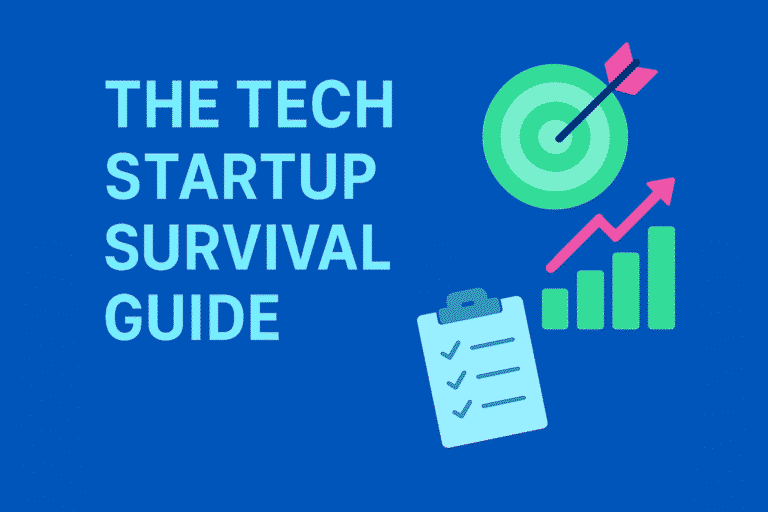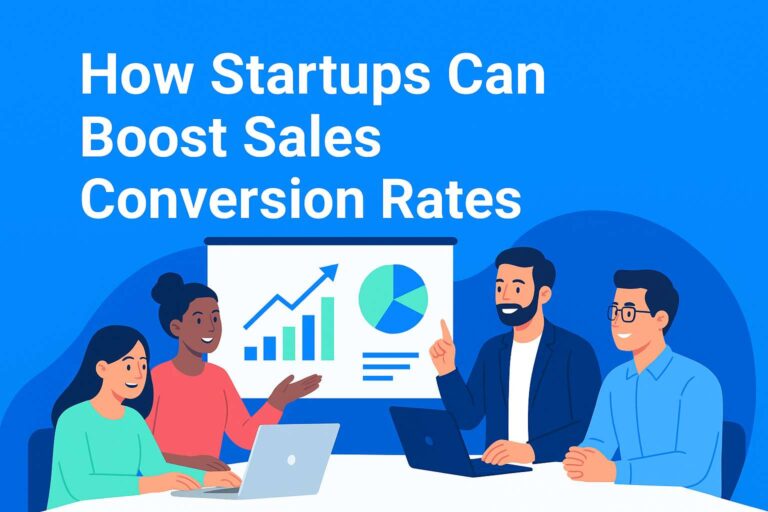A B2B Tech Startup Guide…
For early-stage B2B tech startups, marketing can feel like a daunting task, and many won’t even know where to begin. Between building a product, securing funding and chasing your first customers, marketing often gets overlooked, deprioritised or executed reactively and on an ad-hoc basis. Eventually, every business must stop the “make it up as you go along” approach. Without clear messaging and a consistent brand foundation, every tweet, email or pitch deck risks sending mixed and confusing signals to your audience.

Build it and They Might Come
The solution? Build a Minimum Viable Marketing Engine (MVME): a lightweight, scalable approach to branding and messaging that ensures every communication is clear, consistent and compelling, no matter the channel. Just as a Minimum Viable Product (MVP) validates your product idea, an MVME validates your positioning and gives you the tools to communicate effectively before you invest heavily in marketing campaigns.
Below, we look at the key basics of creating your MVME, focusing on brand and messaging fundamentals that underpin all future marketing activity.
1. Understand What MVME Is
An MVME is not about doing everything at once. It’s about focusing on the core elements that let you talk to your audience with clarity and purpose:
- A defined brand identity (who you are, why you exist and what you stand for).
- Clear messaging tailored to your audience’s needs.
- A lightweight toolkit (copy, visuals and tone of voice) that can be applied across all channels.
Think of it as your marketing foundation, creating the essentials before you launch campaigns, engage prospects or hire a sales team. You need to be sure that everyone in your company can describe what you do and why it matters in a consistent and credible way.
2. Define Your Brand Fundamentals
Before writing a single LinkedIn post or email, you need a solid understanding of your brand identity. This doesn’t require a six-figure agency budget or a 200-page brand manual. Instead, focus on these essentials brand assets:
a) Purpose, Mission and Vision (PMV)
- First, define your core values, as they underpin all your messaging.
- Then create your PMV:
- Purpose: The reason you exist.
- Mission: The immediate problem you solve, and for whom.
- Vision: What the future looks like if your solution succeeds.
Clear, concise statements help align internal teams to give your marketing purpose beyond features and specs.
b) Value Proposition
This is your core promise to customers. At its simplest:
- Who you serve – your target audience.
- What problem you solve – their pain point.
- How do you solve it differently – your unique or unfair advantage.
Example:
“We help mid-sized SaaS companies speed up customer onboarding by 40% using our AI-driven training platform—no coding required.”
Your value proposition becomes the cornerstone of all your messaging.
c) Brand Personality and Tone of Voice
Your tone of voice is how you express your brand personality in writing and speech. Are you:
- Innovative and disruptive?
- Professional and authoritative?
- Friendly and approachable?
- Something else?
Documenting this early ensures that emails, social posts and website copy sound like they come from the same company, even if different team members write them.
3. Build a Messaging Framework
Once your brand fundamentals are in place, it will help to create a messaging hierarchy or framework that guides what you say and how you say it.
a) The One-Liner – Elevator Pitch
Start with a single sentence pitch that explains:
- What you do.
- Who do you do it for.
- The value you deliver.
This is your answer to “What does your company do?” It should be simple enough for anyone to repeat accurately. In practice, that’s a lot harder than it sounds.
b) Key Messages
Identify 3-5 supporting messages that:
- Highlight key benefits of your solution.
- Address customer pain points.
- Reinforce your unique differentiators.
Example:
- Automate repetitive onboarding tasks.
- Reduce training costs by up to 50%.
- Integrates seamlessly with existing CRM tools.
c) Proof Points
Back up your key messages with evidence:
- Stats from beta users/early customers.
- Customer testimonials.
- Industry benchmarks.
Quantifiable proof points make your claims credible and help sales teams handle objections. Anecdotal quotes from happy users will help establish trust.
4. Create a Visual Identity Starter Kit
You don’t need a full rebrand to start. A basic visual toolkit ensures your brand looks consistent across all touch points:
- Logo: A simple, scalable version for digital and print.
- Colour palette: 2-3 core colours plus neutrals.
- Typography: One headline font, one body font.
- Basic templates: Slides, social posts, emails, etc.
Consistency in visuals builds recognition, even on a tight startup budget.
5. Apply Your MVME Across Core Channels
With your brand and messaging foundations set, you can start applying them lightly but effectively:
Website Landing Page
- Clear headline with your one-liner.
- Short value proposition.
- Proof points and call to action.
LinkedIn Company Page
- Same one-liner and visuals as the website.
- Regular posts reinforcing key messages.
Email Signatures & Outreach
- Professional template.
- Consistent tone and link to the website.
Pitch Deck
- Brand colours, logo and succinct value proposition.
- Supporting key messages and proof points.
You don’t need a big campaign to start marketing effectively. You just need consistency, so every prospect sees and hears the same story wherever they encounter your brand.
6. Iterate as You Learn
An MVME is a starting point, not a final product. As you engage prospects, run pilots, and refine your solution, your brand and messaging will most likely evolve. Keep your MVME flexible:
- Review it every 3-6 months.
- Update value propositions as new customer insights emerge.
- Refine tone and messaging based on what resonates with customers.
This keeps your marketing engine lean and effective without overcommitting resources too early.
Your Marketing Power Move
For B2B tech startups, building a Minimum Viable Marketing Engine is about clarity, consistency and credibility. By defining your brand fundamentals and creating a basic messaging framework first, you ensure that every future marketing activity tells the same compelling story. Everything from your website to your next investor pitch will be credible and help build trust. Remember, great marketing doesn’t start with more channels or bigger budgets. It begins with the discipline to know who you are, what you do, who you do it for – and importantly, how to say it clearly and consistently using simple language.
You may want to read: “Top 7 Steps of a Successful B2B Tech Startup.”






